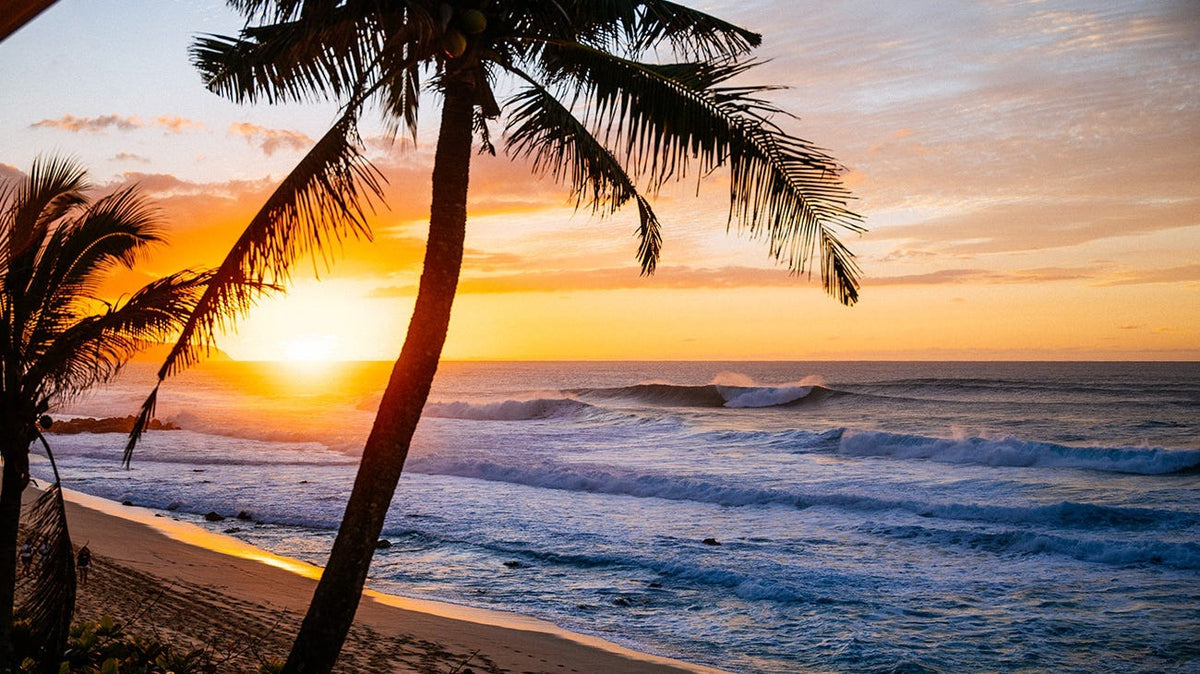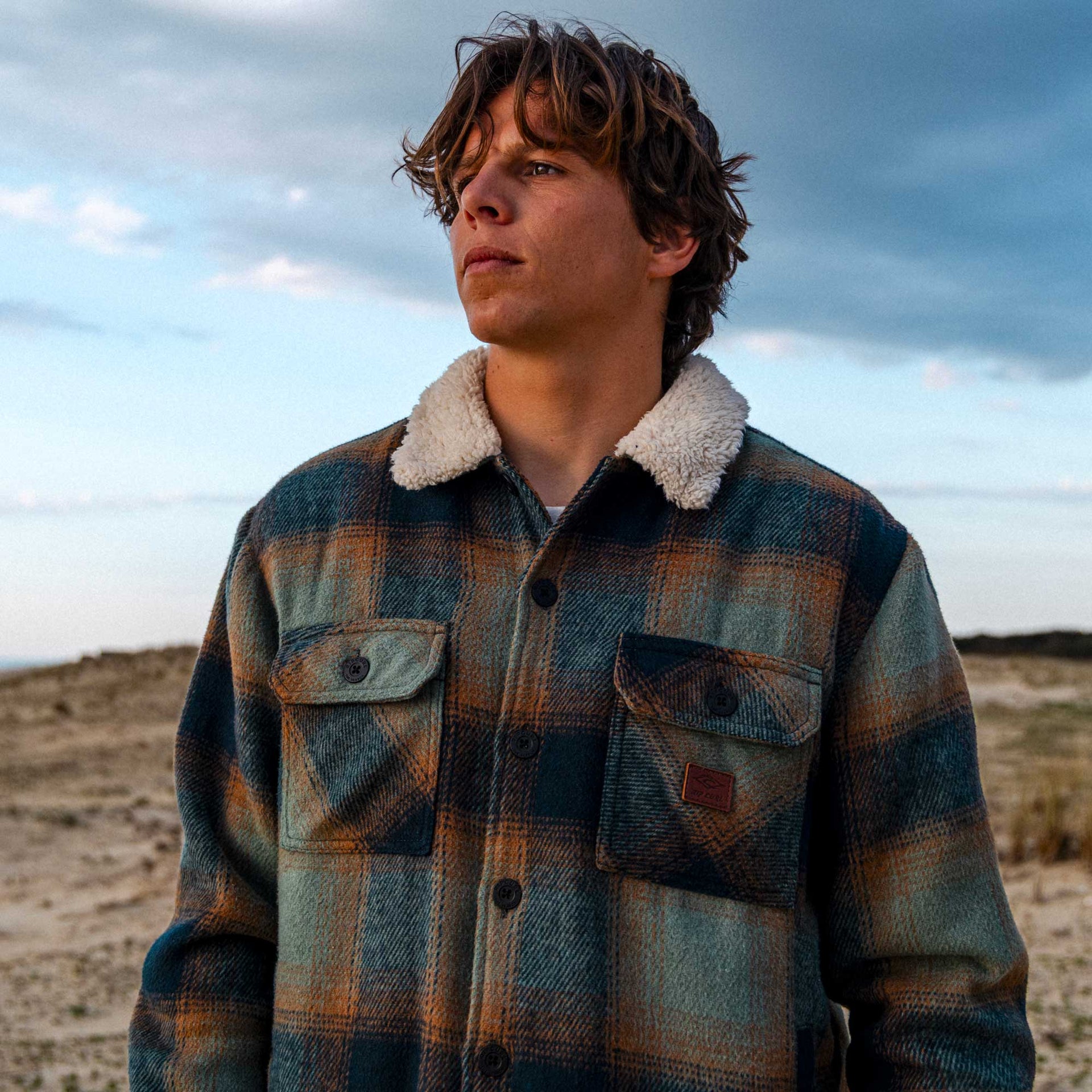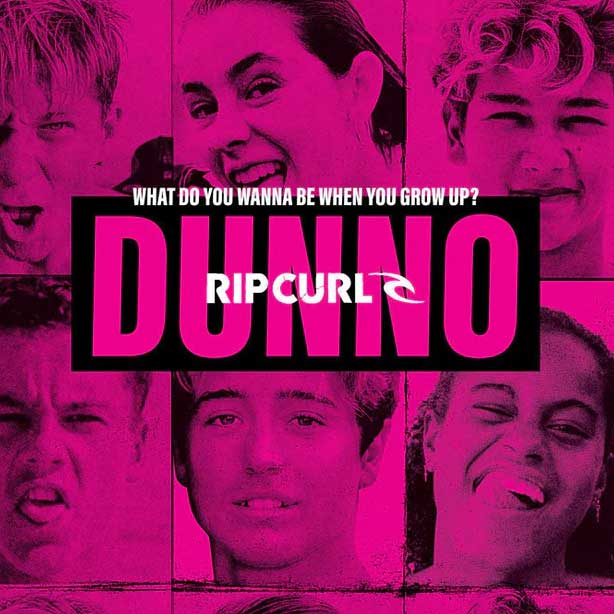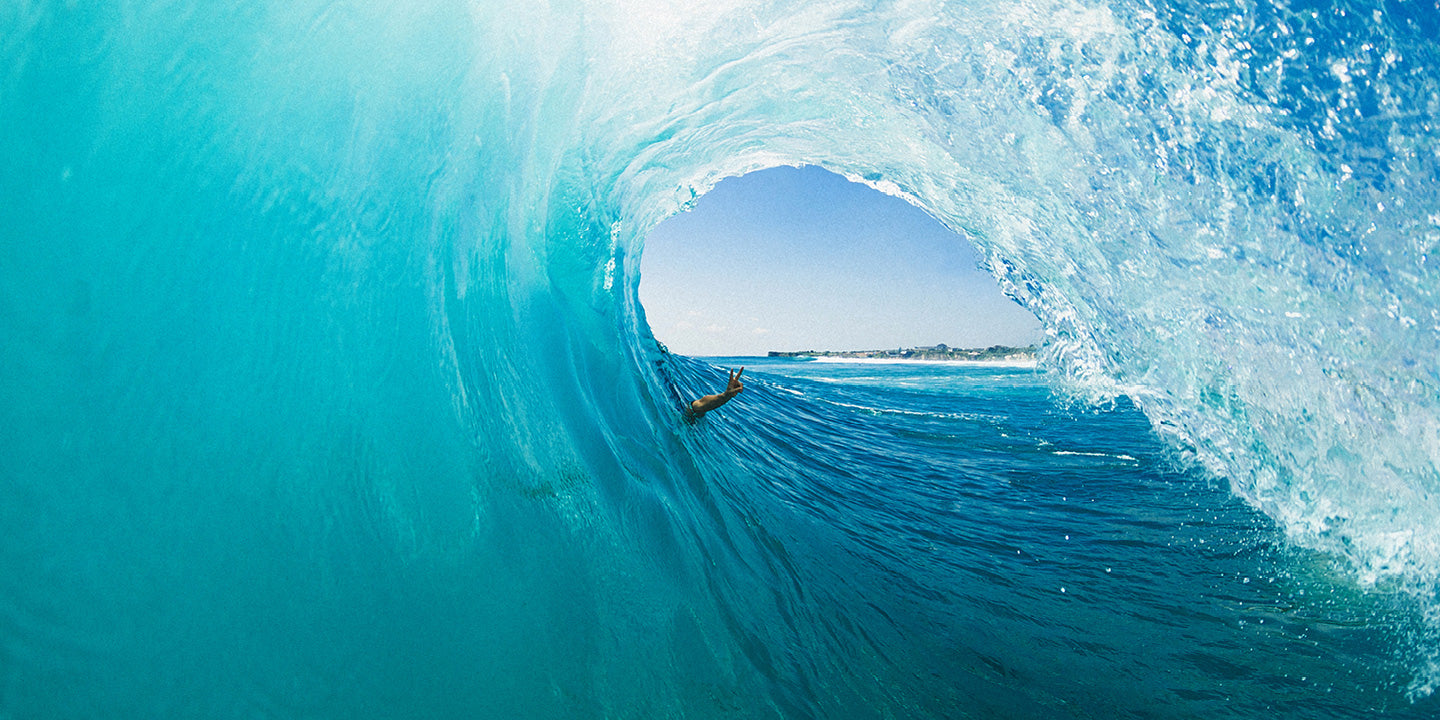History of surfing: Polynesian origins and global growth

The history of surfing is a captivating story that spans oceans, eras, and cultures. From sacred ceremonies on Pacific islands to competitions livestreamed around the world, the practice of surfing embodies adventure, freedom, and a deep connection with the breaking wave. Follow this chronological journey to see how an island ritual became an Olympic sport, how passionate men and women turned a simple surfboard into a symbol of counterculture, and how technical innovation—alongside a love of the sea—has shaped the modern history of surfing.
From mystical origins to the first historical mentions
Surfing in Polynesian culture
Long before Europeans set foot in Tahiti, Polynesian surf culture already celebrated riding waves as a divine gift. Travelers of the archipelago crafted wooden boards from koa or breadfruit to challenge the swell around their paradisiacal islands. People viewed the birth of surfing as the expression of a sacred relationship with the ocean. Each board—“alaia,” “olo,” or “paipo,” depending on size—was shaped with respect for the tree, the sea, and the waves that united them. A breaking wave was not just a natural ramp: it was the place where mana, spiritual force, met human skill. That’s why everyone—from fishermen to kings—took part in these ritual rides, often accompanied by song and dance.
The first European observations
The first written description likely comes from Joseph Banks, naturalist to Captain James Cook. In 1769, Banks noted that Tahitians enjoyed “swimming on the waves with small boards.” A few decades later, Peruvian missionary Fray José de Acosta described the caballitos de totora in the Peru, reed craft used by fishermen to navigate through shorebreak. These texts testify to the origins of surfing and the Europeans’ astonishment at a form of ocean glide that seemed as natural as it was exotic.
The arrival of surfing in Hawai‘i: the cultural epicenter
Integrating surfing into Hawaiian rites and society
If Polynesians were pioneers, Hawaiians truly elevated surfing to a way of life. The island of O‘ahu, with Waikiki’s perfect rollers, became the main stage for the practice of surfing. Men, women, and children all took part in this pastime called “he‘e nalu.” Surf bathing—letting oneself be carried by warm, crystalline water—took on a social dimension: chiefs (ali‘i) displayed bravery, while contests helped settle disputes. Thus, surf culture was already linked to notions of prestige, competition, and pure joy.
The influence of Hawaiian royalty and the preservation of surfing
The 19th century nearly marked the end of this tradition: disease, religious conversion, and colonial bans threatened the practice. However, King David Kalākaua defended the custom; his friend, Prince Jonah Kūhiō, even surfed in Biarritz during a trip to France at the end of the century. Thanks to these rulers, the history of surfing was not lost, and local surfers kept riding, symbolizing Hawaiian cultural resilience.
The 20th-century turning point: from traditional pastime to modern sport
Introducing surfing to Australia and the United States
The early 20th century marked a pivotal shift in the history of surfing. As intercontinental exchange grew, emblematic figures helped transform the discipline from an island tradition into a globally recognized sport. In 1915, at the Manly Surf Carnival near Sydney, Hawaiian Olympic champion Duke Kahanamoku delivered a breathtaking demonstration. It was one of the first times the practice of surfing was publicized outside the Pacific. His poise and ease on a heavy, finless surfboard captivated onlookers and sparked the curiosity of a generation of Australians who saw in this glide a new way to commune with the breaking wave.
In the United States, the California coast quickly became a nerve center of modern surfing. Consistent surf, accessible beaches, and a culture of freedom made for ideal conditions. By the 1920s, surf clubs emerged in Santa Monica and Malibu, helping structure the discipline. Legends like Tom Blake pioneered early equipment innovations, notably by lightening boards with hollow constructions. Such technical progress enabled greater control and bolder maneuvers, paving the way for the surfing we know today.
Duke Kahanamoku: surfing’s ambassador
A global icon and the father of modern surfing, Duke didn’t rest on his Olympic champion laurels. He traveled the world, showcased wave-riding to crowds in California, France, and New Zealand, and proved that a surfboard could symbolize universal fellowship. His exhibitions laid the groundwork for future competitions and inspired generations of athletes, from Kelly Slater to John John Florence. For many, Duke’s enthusiasm was the finest embodiment of the “aloha spirit.”
The evolution of surfboards and technological impact
As surfing grew in popularity, surfers’ needs evolved. Boards had to be better adapted to more powerful waves, diverse beaches, and a wide range of skill levels. In the 1930s and 1940s, Tom Blake introduced fixed fins, improving directional stability. Later, aerospace-minded Bob Simmons applied aviation principles to optimize the hydrodynamics of surfboards, and he was among the first to employ composite materials.
In the 1950s, the advent of polyurethane foam and fiberglass profoundly transformed board building. Shapers could experiment more freely with outlines, sizes, rocker (curvature), and rails (edges). The arrival of twins, thrusters, and fish designs helped spawn multiple modes within modern surfing: longboard, shortboard, tow-in, foil. This technical evolution also allowed the practice of surfing to adapt to new environments and a greater diversity of waves, from Waikiki’s beach breaks to Teahupo‘o’s reef passes.
The 1960s and the rise of surf culture
Surfing as a symbol of freedom and counterculture
Beyond sport performance, the 1960s saw the birth of surf culture as a social movement. In the United States and France, the era was marked by rebellion against traditional norms. Surfing became a lifestyle: long hair, living by the ocean, chasing pure sensation. Surfers pushed back against conformity through appearance, habits, and mindset. Living in the present and hitting the road in search of pristine waves became a generation’s dream.
This lifestyle drew artists, intellectuals, and adventurers. In Australia, young enthusiasts headed to empty breaks, developing a philosophy centered on nature and introspection. In France, especially along the south-west coast, this countercultural wave arrived via cinema and early local riders such as Joël de Rosnay and Peter Viertel, during a film shoot in Biarritz. Surfing thus became much more than a sport: it was a way to resist, to be free, and to reconnect with what matters.
Globalization and competition: surfing on the world stage
Surfing’s integration into international competitions
The 1970s saw the birth of the professional tour with International Pro Surfing. Early championships at Haleiwa and Bells Beach drew crowds. In 1984, the ASP (now WSL) structured the world circuit; the world title spotlighted legends like Mark Richards, Tom Curren, and later Kelly Slater. Competitions multiplied across the world, from Hawai‘i to France, Brazil to Tahiti.
Diversification and inclusion in the surfing world
Once reserved for royal elites or California youth, surfing opened up in the 1990s to far greater diversity. Women—such as Pauline Menczer and Layne Beachley—rose to prominence, while France’s south-west developed a strong local scene thanks to pioneers like Jacky Rott. Today, surfers from Africa, India, and China are joining the circuit, proof that wave-riding has become a universal language.
Surfing today: between sport, culture, and industry
Surfing in the global economy and tourism
At the dawn of the 21st century, surfing became a thriving industry. Giants like Rip Curl, Quiksilver, and Billabong play major roles in the global board-sports economy. The market goes far beyond boards: technical apparel, accessories, wearable tech, action cameras, online coaching, simulators, and premium surf destinations all form part of the ecosystem. Each year, hundreds of thousands of devotees embark on trips in search of the perfect breaking wave, generating significant economic benefits for islands, regions, and entire countries.
Surfing in France, especially in the south-west (Hossegor, Capbreton, Biarritz), has become an international showcase with major competitions like the Quiksilver Pro. The presence of brands, surf houses, holiday camps, surf schools, and festivals attracts a young, cosmopolitan community. Surfing is no longer reserved for an elite of experienced surfers: today, anyone can start with a good wetsuit, the right board, and proper instruction.
Environmental challenges and protecting surf spots
However, the industry has consequences: plastic pollution, coastal overdevelopment, rising seas. The community is responding: beach cleanups, recycled-material boards, bio-based foams, and reef-protection projects. Some NGOs work with local authorities to create surf reserves, ensuring places like Bells Beach or Mundaka remain preserved.
The future of surfing: innovation and challenges
Artificial waves—explored in detail in our article on innovations in surfing—are already reshaping the discipline. From Slater’s pool to Alaïa Bay, the future blends cutting-edge tech with respect for nature. Tomorrow, modern surfing could be practiced as easily in Paris as in Fiji. Yet the essence will remain the same: an eternal glide inspired by our Polynesian ancestors.
Conclusion: a blue thread linking past, present, and future
From ancient Polynesia to the International Surfing League, the history of surfing is a guiding thread of passion, innovation, and humanity. It connects everyone—from Duke to the newest grom in the city—through the magic of a single breaking wave. If you want to deepen your knowledge of Europe’s breaks, check out our article on the best spots to surf. Whether your next session is in Hossegor, Teahupo‘o, or at the end of a wave-pool lane, remember that you’re carrying on a millennia-old tradition rooted in respect for the ocean and the peoples who have cherished it.



